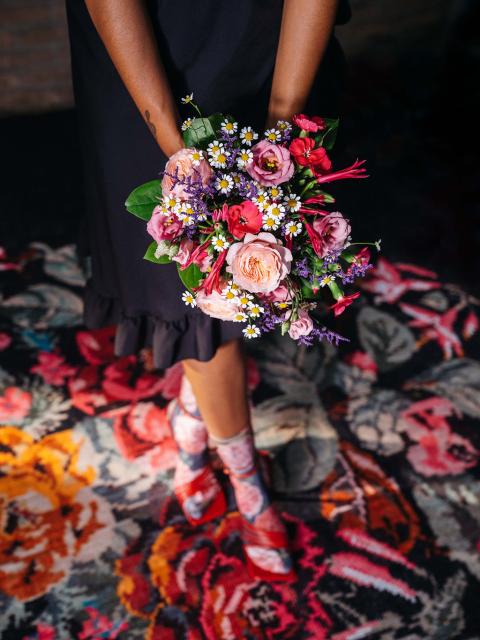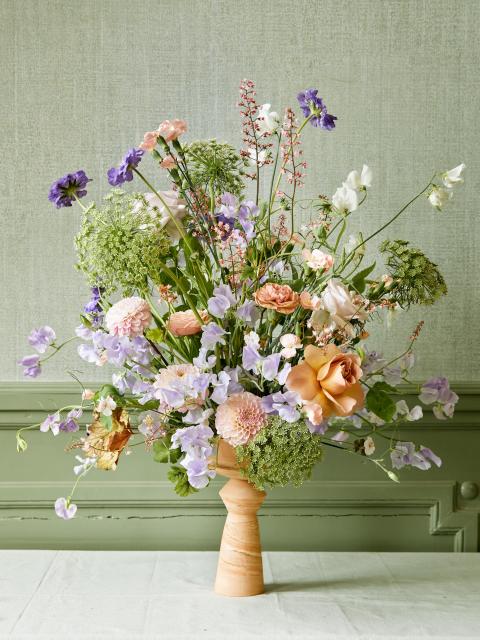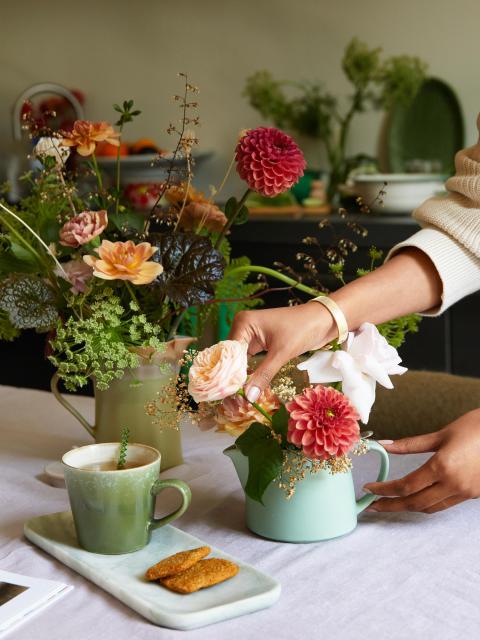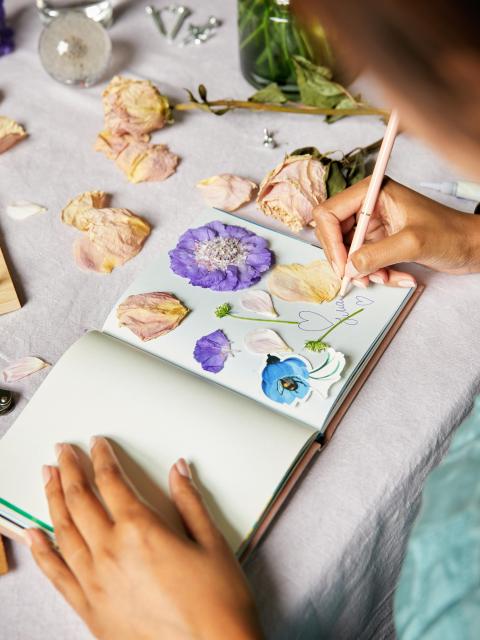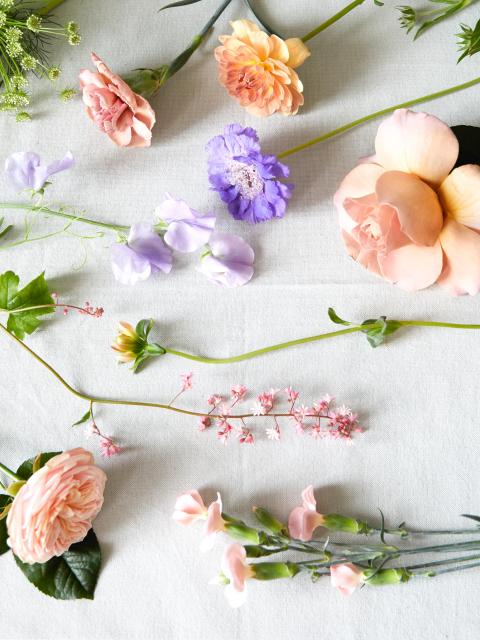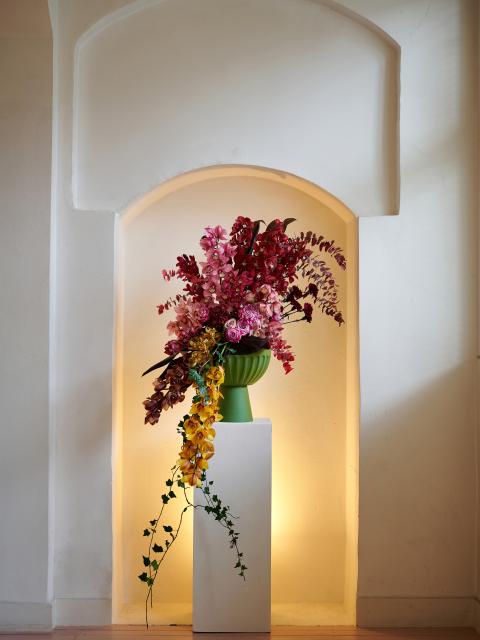Stylish comeback
Anyone who looks at paintings from the Renaissance will see women and goddesses with carnations everywhere: in ancient Greece this flower symbolised ultimate femininity because of its vulnerable but strong appearance, ragged leaves and subtle colours.
But like so many popular things, the carnation suddenly fell out of favour. For a long time she sank into the background and appeared to be supplanted by the peony, chrysanthemum and ranunculus. Luckily that’s changed, and this classical beauty has made a stylish comeback, like a Greek goddess being resurrected. She inspires young women and leading fashion designers and above all she’s changing our view of growing older. The carnation is utterly hot again, and that makes us happy!

DIVINE FLOWER
The carnation’s botanical name, Dianthus, is derived from the Greek word Dios, which means God. It’s no surprise that she is therefore also known as the ‘divine flower’. Fashion designers love to be inspired by the carnation’s layering, airiness and serrated edges; the result is an innovative fashion trend centred on skirts with ruffles, soft colours and blouses with unusual sleeves. That might seem a bit sweet, but it mainly looks airy and feminine: just like carnations fanning out in the spring.
MORE INSPIRATION
Can't get enough of this beautiful flower? Roll up your sleeves and make this DIY bath salt with carnations, begonias and roses, or dive into the kitchen for this wonderfully fresh labneh with olive oil and carnations! You can also find more inspiration by following our social media channels on Facebook, Instagram and Pinterest.






